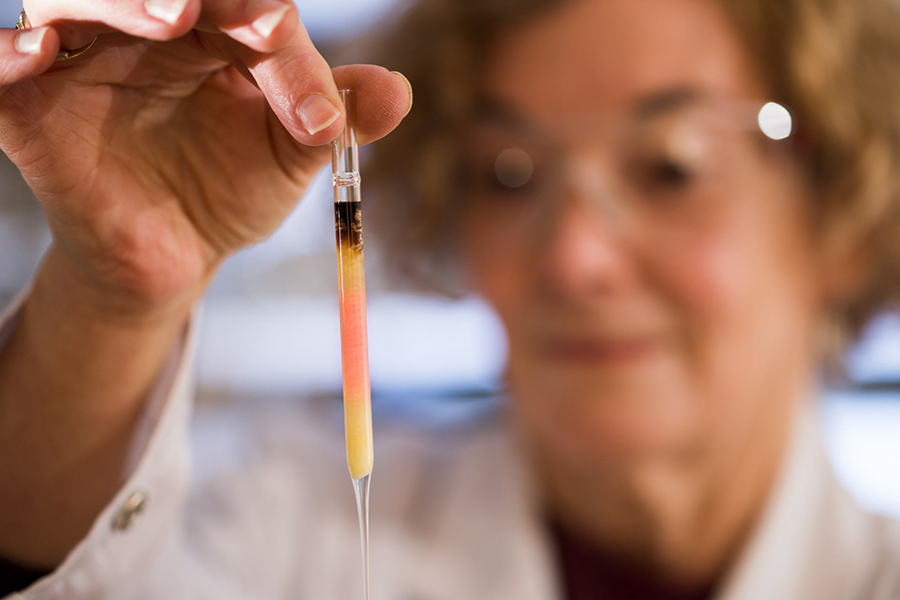Bright Pink is Oldest Color in Geological Record

An international team of researchers from Australia, Japan, the United States and Belgium has successfully extracted bright pink biological pigments from 1.1-billion-year-old marine sedimentary rocks of the Taoudeni Basin in Mauritania, West Africa.
“The bright pink pigments called porphyrins are the molecular fossils of chlorophylls that were produced by ancient photosynthetic organisms inhabiting an ancient ocean that has long since vanished,” said Dr. Nur Gueneli, from the Research School of Earth Sciences at the Australian National University.
The molecular fossils range from blood red to deep purple in their concentrated form, and bright pink when diluted.
They are approximately 600 million years older than previous ancient pigment discoveries.
Dr. Gueneli and colleagues crushed the Taoudeni Basin rocks to powder, before extracting and analyzing molecules of ancient organisms from them.
“The precise analysis of the ancient pigments confirmed that tiny cyanobacteria dominated the base of the food chain in the oceans a billion years ago, which helps to explain why animals did not exist at the time,” Dr. Gueneli explained.
“The emergence of large, active organisms was likely to have been restrained by a limited supply of larger food particles, such as algae,” said Dr. Jochen Brocks, also from the Research School of Earth Sciences at the Australian National University.
“Algae, although still microscopic, are a thousand times larger in volume than cyanobacteria, and are a much richer food source.”
“The cyanobacterial oceans started to vanish about 650 million years ago, when algae began to rapidly spread to provide the burst of energy needed for the evolution of complex ecosystems, where large animals, including humans, could thrive on Earth,” he said.
The results appear online this week in the Proceedings of the National Academy of Sciences.
_____
N. Gueneli et al. 1.1-billion-year-old porphyrins establish a marine ecosystem dominated by bacterial primary producers. PNAS, published online July 9, 2018; doi: 10.1073/pnas.1803866115
Source: www.sci-news.com








